Very carefully. The Digital Life team set out to do something nobody had done before - to create an accurate, high-resolution 3D model of a live Timber Rattlensnake (Crotalus horridus). For those of you who don't know much about Timber Rattlesnakes, they are among the most persecuted and threatened of all rattlesnakes. Because they often co-occur in regions of high human habitation on the East Coast of the USA, and because they have a habit of congregating in dens in rocky hillsides, this makes them very vulnerable to those with ill intentions towards them. Much like sharks (a blog post will come on that later), rattlesnakes are often misunderstood creatures which generate fear out of proportion to the actual threat they pose to humans.
For these reasons, and also because Timber rattlesnakes are very beautiful and striking animals, our team was fortunate to visit NERD in March 2017 - New England Reptile Distributors located in New Hampshire. The owner Kevin McCurley, and the venomous snake specialist, Tim Velton, both were incredibly gracious with their time and access to their specimens. As a group working with the University of Massachusetts, we were clear about our limits - we could not touch or handle the specimens, and we wanted to ensure that the entire experience was safe for both the snake and the handlers. Fortunately, Tim is a professional who exercised care and thoughtfulness when dealing with the snake.
Upon arrival, our first job was to set up the Beastcam technology - we used a system of fixed arms arranged in a circle around the animal that allowed us to take images from every perspective. The Beastcam technology works on the principle of photogrammetry - the process by which individual photographs are integrated using software such as REMAKE by Autodesk or Capturing Reality, into 3D geometries that have 3D textures and colors placed on top. The results from photogrammetry can be startling - its now possible to recreate everyday objects in 3D to an incredibly high resolution. However, carrying out this practice with a live animal is far more tricky and requires a high degree of coordination and practice. Fortunately, we had a crack team for this visit - UMASS Amherst undergraduates Michael Perriera, Zachary Corriveau, and and former undergraduate Kalpita Patel. Jeremy Turgeon also participated as one of our key reptile and amphibian 3D specialists.
We used a white sheet scattered with random black dots as the substrate on which the snake would be placed. The white sheet would reflect light upon the snake, and the black dots provide landmarks for the 3D software to grab onto. We used 32 CANON G16 cameras synced with wireless triggers arranged in a circle. Finally, several 5500K LED bulbs provided illumination, and it was showtime! Tim brought out the snake, which was a gorgeous older individual (one can often tell the age of a rattlesnake by the number of rattles). The milky eyes also showed that the animal was shedding. Very large and old timber rattlesnakes are rare in the wild for the reasons noted above, so it was amazing to experience one in person. Fortunately, we could snap the shots from a safe distance! The snakes behavior was calm and showcased what I had learned from working with sharks and other "dangerous" animals- their reputation often exceeds the reality of their behavior. The snake was curious but never appeared threatened, and the shoot went off without a hitch, and we were able to capture a 3D model of the snake in an awesome pose
Back at the University of Massachusetts, my undergraduate Cory Zeng worked hard to reconstruct the model and clean it up. We used Capturing Reality to create the initial model, and then REMAKE and MUDBOX by Autodesk to clean up the model. You can check out the model above!
You are likely wondering, how can you use this 3D model? First, as noted on our website, you can download the 3D model FREE for creative/non-profit work. So if you are an artist and have an exciting idea on 3D snakes, we encourage you to work with our model - we would love to hear from you! If you are a teacher or educator, you can use it in your classroom to show off the shape and morphology of snakes, and also provide an opportunity to talk about Timber rattlesnakes, and the threats they face. If you are a VR enthusiast, why not try using the Sketchfab VR button and step into a room with a 20-foot snake? All are possibilities. Most of all, we hope that you use this content to gain a newfound appreciation and love for these magnificent and misunderstood creatures.
Peace out!
Duncan J Irschick, Director, Digital Life Project
August 2017


